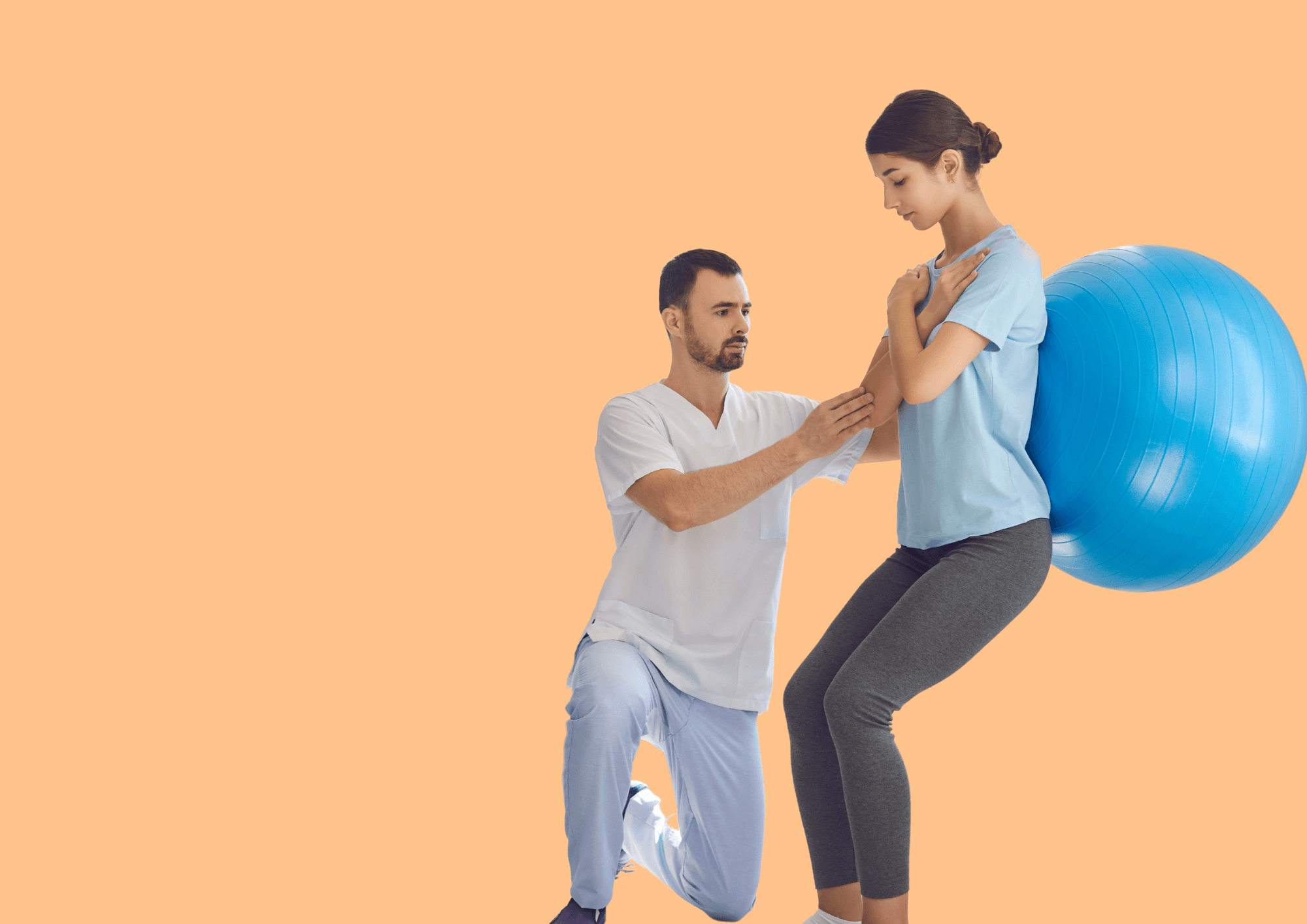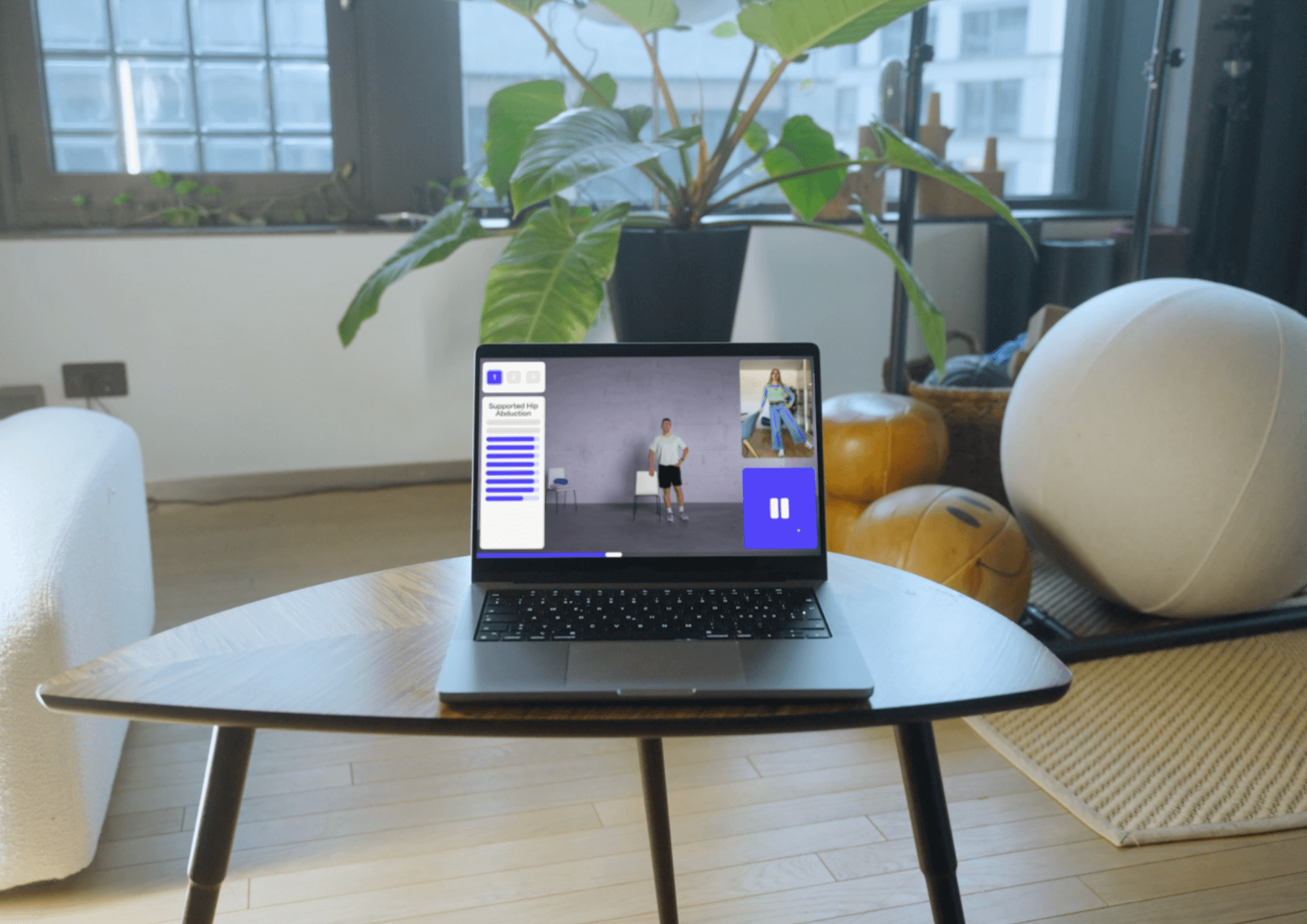Lower back pain is the main cause of incapacity for work worldwide. According to the Swiss Medical Journal's back report, up to 67% of the Swiss population suffer from back pain several times a year.
In an attempt to put an end to back pain, many people opt for costly, ineffective and sometimes even harmful treatments. The willingness to use these sometimes questionable methods is based on false beliefs that exist in the general public about back pain.
In this article, we therefore address the 10 most common myths about back pain that are neither true nor helpful for treatment.
Myth 1
Persistent back pain is a disease with serious, often life-threatening consequences
While back pain can be very distressing and limiting, it is treatable. It is very unlikely that it will develop into a life-threatening illness or leave you permanently disabled.
Myth 2
Back pain can only get worse with age
It is a widespread assumption that back pain can only get worse with age. However, there is no scientific evidence to support this. Even if general physical health and regenerative capacity decline with age, evidence-based treatments for back pain can help at any age.

Myth 3
Prolonged back pain is always due to tissue damage
The back is strong – even if the pain originally stems from an injury, the affected tissue will heal within three months. If the pain persists after this time, it is usually due to other factors. These include, for example, a lack of exercise or poor pain management strategies. Actual damage to the tissue is the exception, not the rule.
Myth 4
Scans are always needed to determine the cause of back pain
Scans help to identify herniated discs, signs of wear and tear and misalignments of the spine - but these findings only tell us something about the current pain sensation, prognosis and appropriate treatment method for a small proportion of patients. The same findings can also be made in people who have no back pain. Scans therefore do not prove how much pain you are experiencing or what the cause is.

Myth 5
Increased pain with movement is a sign that further damage is being done and that you should avoid this movement
It is normal for the spine and surrounding muscles to react sensitively to touch or movement during an episode of pain. However, this reaction does not describe how broken the back is – it only proves how sensitive it is. Health-promoting movement and gradually increasing exercises are not only safe and healthy for the spine – they are among the most effective treatment methods for back pain.
Myth 6
Back pain is caused by poor posture when sitting, standing or lifting
Sure – poor posture can aggravate back pain. However, bad posture does not necessarily cause back pain. As long as you adopt different postures in everyday life and do not stagnate in an unfavorable posture for a long time, your posture should not cause persistent back pain. So it's okay to relax in a bad posture from time to time.
Myth 7
Weak core muscles are the cause of back pain
While it is good to keep your core muscles strong, it is also important to relax them when they are not needed. Weak core muscles are not the cause of back pain – in fact, some people with pain tend to over tense their core muscles as a protective mechanism. This can lead to additional tension in the back.

Myth 8
Repetitive strain on the spine leads to wear and tear and tissue damage
Weight training makes muscles stronger – the same applies to the spine. Movement and strain on the spine is harmless and strengthens structural resistance if it is performed correctly, gradually increased and carried out regularly.
Myth 9
Pain episodes are a sign that tissue damage is actively occurring – this requires rest
Episodes of pain are stressful and perhaps a little frightening, but they do not usually mean that damage is occurring to the spine. Pain episodes are much more likely to be related to changes in physical activity, stress levels and general mood than to structural damage. It is therefore particularly important to get enough sleep, eat a healthy diet and exercise regularly during pain episodes.
Myth 10
Treating back pain requires strong painkillers, injections and surgery
Effective treatment of back pain involves thorough education and targeted optimization of physical and mental health. Injections, painkillers and spinal surgery carry major risks and side effects. The safer - and more effective - route to recovery is exercise therapy.
Speaking of exercise therapy, have you heard of Akina?

Akina - innovative exercise therapy at home
Whereas in the past the emphasis was on rest and taking it easy, today's doctors are aware that health-promoting exercise and physiotherapy are crucial in the conservative treatment of back pain. This strengthens the muscles around the spine, relieves tension and eliminates pain-related postures. It also improves mobility and functionality, which, in addition to pain relief, has a significant impact on the quality of life of those affected.
Movement is not only crucial for the treatment but also for the prevention of back pain – so it is all the more important to stay active, even if it has already happened!
And that's exactly where Akina supports you. Our AI-based training software with scientifically proven therapy plans helps you to recover from your back pain and prevent it in the future.
Our interactive software recognizes your movements via your laptop's camera and gives you valuable feedback in real time. Your physiotherapist can track your progress and deficits via our platform and give you additional tips to make your training even more effective. But that's not all: you can indicate your pain level after each training session – the changes in your perception are recorded and the training intensity can be further adapted to you. We are aware that not only the body but also the mind plays an important role in treatment. That's why our training program is supplemented by stress-reducing mindfulness meditations and interesting learning content about physical and mental health.




